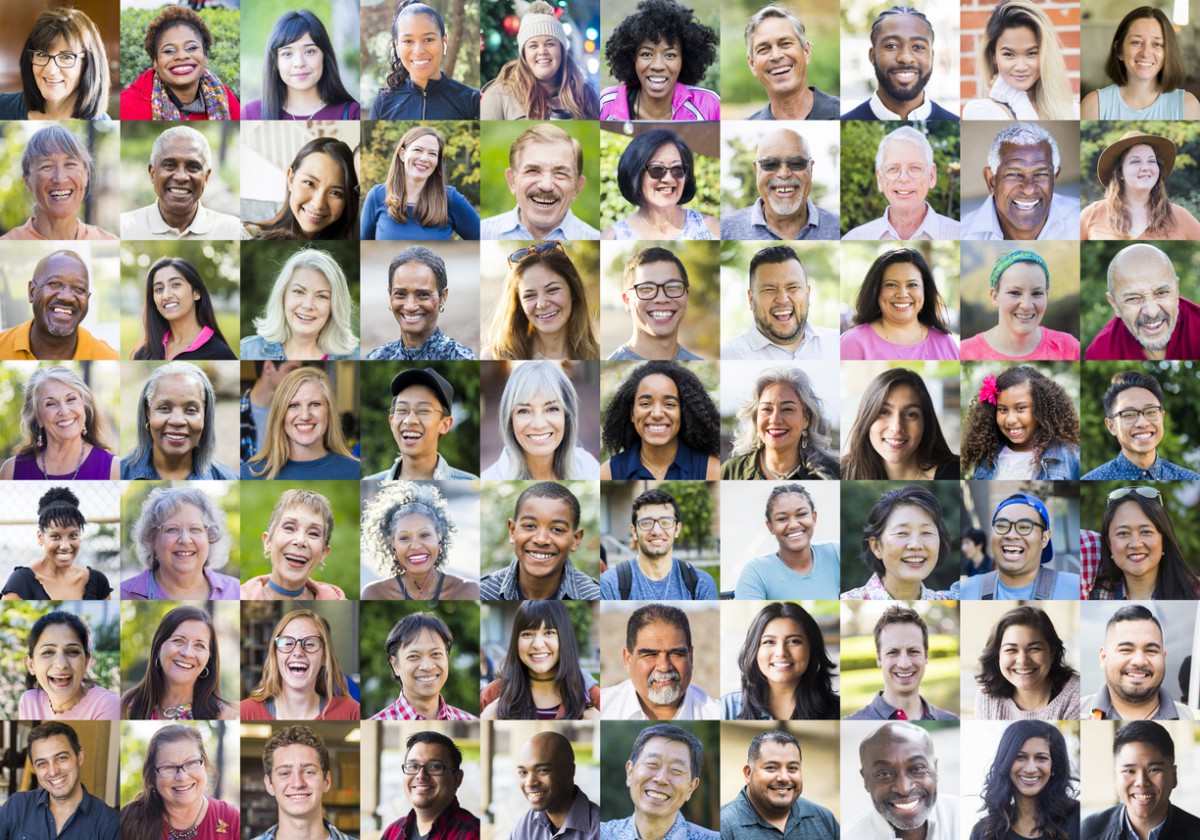Putting The Learner At The Center
At Intuition, learning is at the heart of what we do, and successful learning design hinges on understanding our learners: who they are, what they want and why they want it.
Today’s learning audiences are diverse, made up of multi-generational modern learners. What this means is most learning audiences span a range of ages from Baby Boomers (56 – 74 years old) to Generation X (40 – 55 years old), to Millennials or Generation Y (24 – 39 years old) and now the newest generation, Generation Z (8-23 years old). We have four (or more) generations working side‐by‐side in the workplace for the first time in history.
***
This is the first article in a four part series which briefly describes how we go about the design of our learning. It gives an insight into some of the principles and practices that inform what we do. In this initial piece, we focus on the individual learner at the center of the learning experience. You can access the other 3 articles below:

The earlier, popular concept of ‘digital natives’ (a person familiar with digital technology) versus ‘digital immigrants’ (a person born before widespread use of digital technology) is no longer supported by evidence and is in fact, increasingly problematic.
We believe that there are more similarities than differences between our different age cohorts of learners.
Today, everyone is a modern learner and this is a real game-changer. It is not about the technology, it’s about the learner and this is what drives learning design. We believe that for the modern learner, learning must be continuous, on-demand, in the flow of work, social, and autonomous or self-directed.
Learners want quick and easy solutions, they want to get what they need when they need it, on the device in hand, in order to do the job.
- Learning happens in short bursts – people tend to make use of and prefer short, bite-sized, “snackable” pieces of content – both instructional and informational – as well as having brief interactions with others.
- Learning is often social – people are learning, not simply with (or alongside) others, but from the shared experiences and the ideas of others – in the professional learning networks of trusted connections that each of them has individually built. People also learn from resources that have been freely and willingly shared by others on sites like YouTube, SlideShare, etc. (often referred to as user-generated or “social content”).
- Finally, learning is autonomous – this is key. People are in control of what they do, the relationships they build, and how much time they spend on any activity – based on what value it gives them and to what extent it meets a personal interest or professional need. They self-select both the content and people that they need. They are therefore often described as self-organized, self-directed or self-managed learners.
Principle 1 -Understand Your Learners
In order to deliver on learning that solves a business problem and meets the needs of learners, we need to understand our audience and put them at the center of what we do. It is of course equally important to understand the business perspective including the practical and measurable results that a business hopes to achieve from the learning, but here we are focusing on the individuals at the receiving end of the training solution. To do this, we get to know our learners before we embark on project design. Human performance is complex and there are many factors involved in why people do or do not do certain things. By engaging with your learners, you can discover what obstacles to required performance exist.

Apart from basic demographic, age, job, role etc. we value finding out:
- What our learners want?
- What matters to them and motivates them?
- What’s their typical workday like?
- What their work environment looks and works like?
- What’s their current skill level?
- How their job role is evolving?
- How they are managed and led?
**************************************************
- How they are different from me?
- What they want from the experience?
- What’s in it for them?
- What they do NOT want?
- What they like and do not like…?
“We design for people as well as for an organization.”
Getting to know our learners delivers insights that allow us create learning that is:
- Motivational for our learner
- Memorable to our learner and
- Meaningful to our learner
Today more than ever, to create impactful and relevant learning, it becomes vital to connect with our learners. We do this by understanding who they are and what they need as people and learners. Even as so many aspects of our world including learning and development functions, virtualize almost overnight, we can never lose sight of the individual at the center of the experience.
Keeping in touch has been a crucial life-line during the pandemic, keeping in touch with who our learners are, understanding what matters to them and how to promote and support their personal learning both now and in the months ahead will remain an overriding concern for learning leaders.



